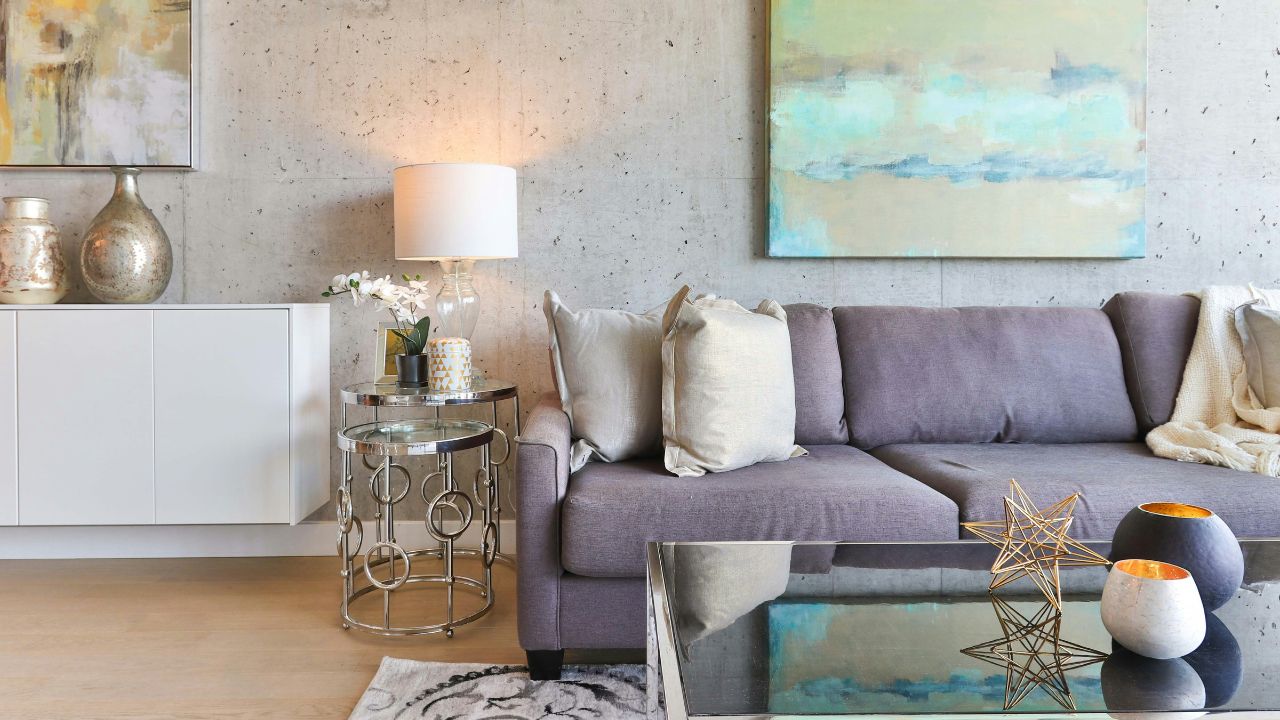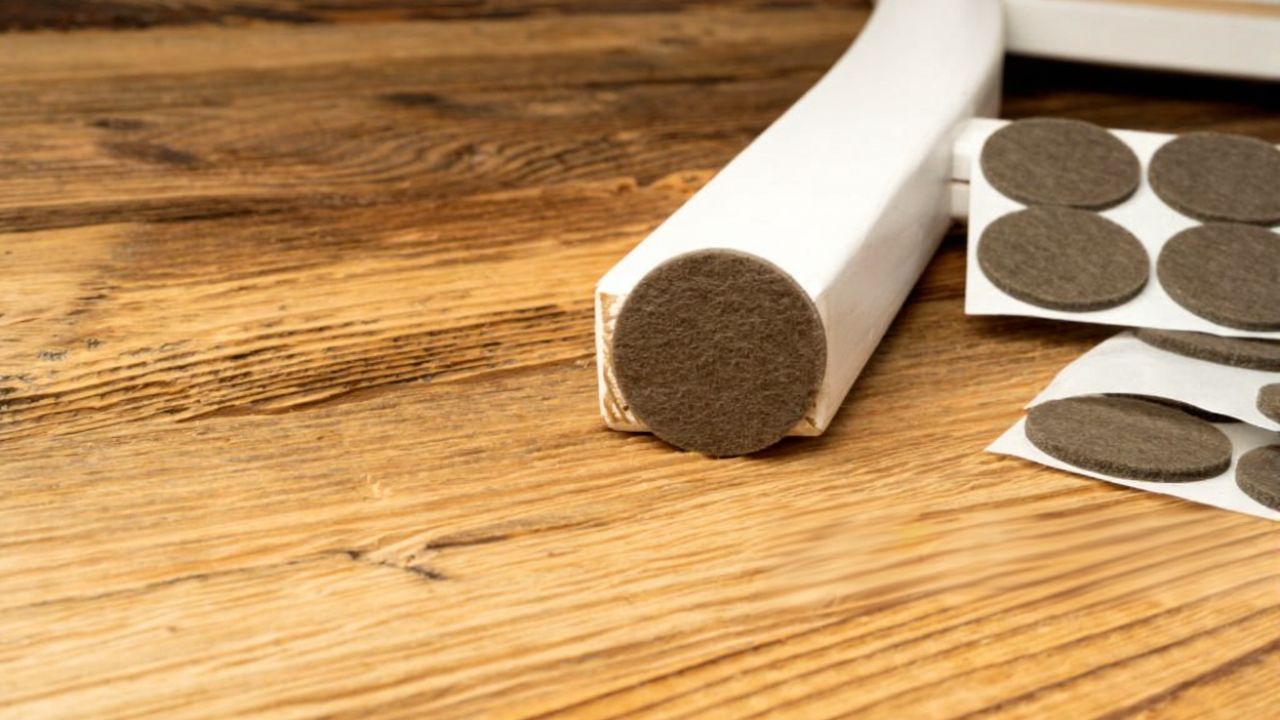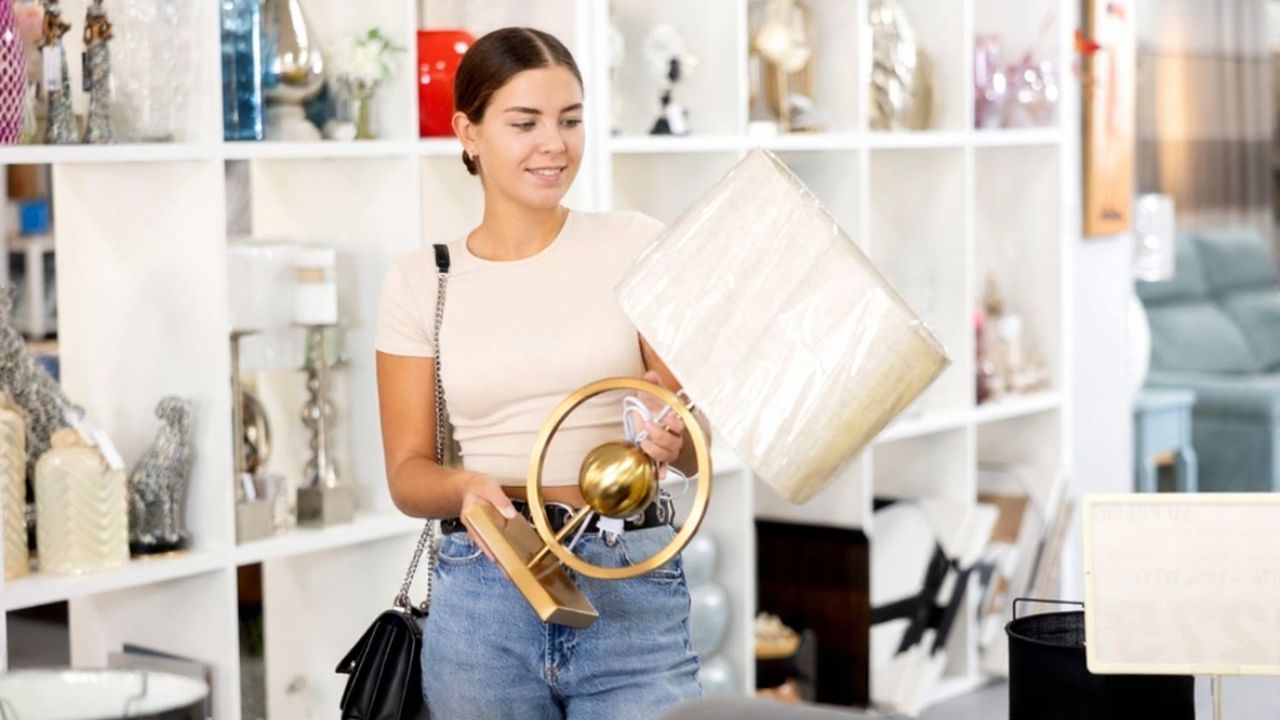Why your décor budget isn’t the problem — your habits might be
If you keep buying things that look great in the cart and flat at home, it’s not that you needed another hundred dollars—it’s that your house is asking for different habits. The right routines do more for a room than one more pretty object.
Edit before you add
Most rooms read “busy” because they’re holding stuff that doesn’t earn its keep anymore. Clear surfaces down to function: lamp, plant, tray, done. Pull excess pillows and the throw that never gets used. Give yourself one box and fifteen minutes per room. When the noise drops, what you actually need becomes obvious—and it usually isn’t another “accent.”
Scale and placement beat almost everything
Art hung too high, a rug that’s too small, and a sofa squished against a wall make a room feel off no matter the budget. Center art so the middle sits around eye level. Let the front legs of furniture sit on the rug so the seating area feels like one conversation. Float the sofa a few inches off the wall and pull a chair in closer; proximity reads rich, distance reads scattered.
Light the room like you live there

Overhead light is for cleaning and finding Legos. Warm, lower lamps are for evenings. Put one lamp within reach of every seat you actually use. Add a plug-in sconce or a small lamp on the kitchen counter so you’re happy to be home when the sun drops. Light changes mood and hides sins—cheaper than a whole new coffee table.
Build a color rule you can keep
Pick a quiet base (walls, big furniture) and let color show up in smaller, swappable spots (pillows, art, flowers, a throw). If the base is already busy, flip it—neutral pillows, simple art, one patterned throw. A simple rule keeps you from buying one-off items that fight each other and end up in the closet.
Texture does the weightlifting
Rooms feel “expensive” when they have contrast: smooth next to nubby, matte next to a little shine, wood next to linen. You can create that with what you own—pair a smooth vase with a woven tray, put a linen-look shade on a simple lamp, add a raw wood cutting board to a sterile countertop. Texture is free if you shop your house first.
Create zones that match how you live
If the entry is your stress point, spend twenty minutes there: hooks at kid height, a tray for mail, a lidded basket for hats. If the living room looks messy by noon, it needs a simple toy or blanket corral that’s easy to reach and easy to close. When daily life has lanes, the visual mess drops, and the room reads “intentional” without buying anything.
Curate once, then stop buying for a while
Choose one thing that feels special—a vintage mirror, a framed photo with a proper mat, a single ceramic bowl—and give it space. Fewer, better pieces look more intentional than five okay ones. Then hold the line for a month. Live with the edit. If a gap still bugs you in four weeks, you’ll buy the right thing instead of the fast thing.
Train the reset

Your house looks pulled together when it resets fast. Put felt pads under the chairs so you slide them back without scratching. Coil cords and clip them behind the media cabinet once so you never see the tangle again. Keep a small caddy with wipes, a duster, and a lint roller under the sink. A two-minute nightly sweep will make the room read “finished” without a redesign.
It’s not your budget—it’s the habits. Edit, scale right, warm the light, and give everyday life a place to land. When those pieces click, the same room feels calm and—yes—more expensive, without a single extra cart added to checkout.
Like Fix It Homestead’s content? Be sure to follow us.
Here’s more from us:
8 upgrades that look like you spent thousands (but didn’t)
9 small changes that instantly make a house feel high-end
*This article was developed with AI-powered tools and has been carefully reviewed by our editors.







